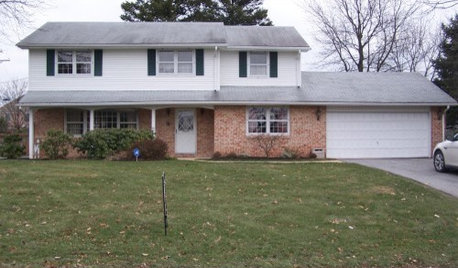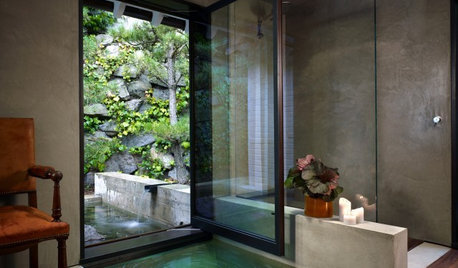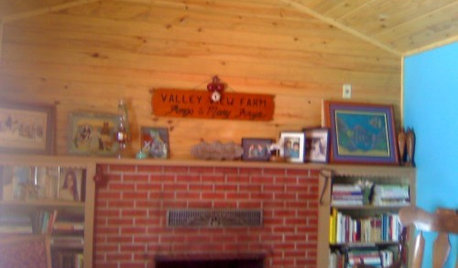shower surround questions
emcloud Fish
10 years ago
Related Stories

REMODELING GUIDES9 Hard Questions to Ask When Shopping for Stone
Learn all about stone sizes, cracks, color issues and more so problems don't chip away at your design happiness later
Full Story

KITCHEN DESIGN9 Questions to Ask When Planning a Kitchen Pantry
Avoid blunders and get the storage space and layout you need by asking these questions before you begin
Full Story
MOST POPULAR8 Questions to Ask Yourself Before Meeting With Your Designer
Thinking in advance about how you use your space will get your first design consultation off to its best start
Full Story
DOORS5 Questions to Ask Before Installing a Barn Door
Find out whether that barn door you love is the right solution for your space
Full Story
BATHROOM DESIGNGreen and Clean: Ecofriendly Tub and Shower Surrounds
Keep your bathroom beautiful and your footprint green with long-lasting, ecofriendly surface materials
Full Story
Design Dilemmas: 4 Questions for Houzzers
Brick Fireplaces, Historic Homes, and Tropical Living Room Decor, Oh My!
Full Story
CONTEMPORARY HOMESHouzz Tour: A Home in Sync With Its Surroundings
A contemporary Los Angeles home has big views and seamless transitions between indoors and outdoors
Full Story
REMODELING GUIDESSurvive Your Home Remodel: 11 Must-Ask Questions
Plan ahead to keep minor hassles from turning into major headaches during an extensive renovation
Full Story
GREEN DECORATING8 Questions to Help You See Through Green Hype
With the ecofriendly bandwagon picking up some dubious passengers, here's how to tell truly green products and services from the imposters
Full Story







StoneTech
MongoCT
Related Professionals
Grafton Kitchen & Bathroom Designers · La Verne Kitchen & Bathroom Designers · Terryville Kitchen & Bathroom Designers · Camarillo Kitchen & Bathroom Remodelers · Charlottesville Kitchen & Bathroom Remodelers · Elk Grove Village Kitchen & Bathroom Remodelers · Trenton Kitchen & Bathroom Remodelers · Warren Kitchen & Bathroom Remodelers · Waukegan Kitchen & Bathroom Remodelers · Cypress Glass & Shower Door Dealers · Rowland Heights Cabinets & Cabinetry · Tooele Cabinets & Cabinetry · Universal City Cabinets & Cabinetry · Creve Coeur Window Treatments · Palm Beach Gardens Window Treatmentsenduring